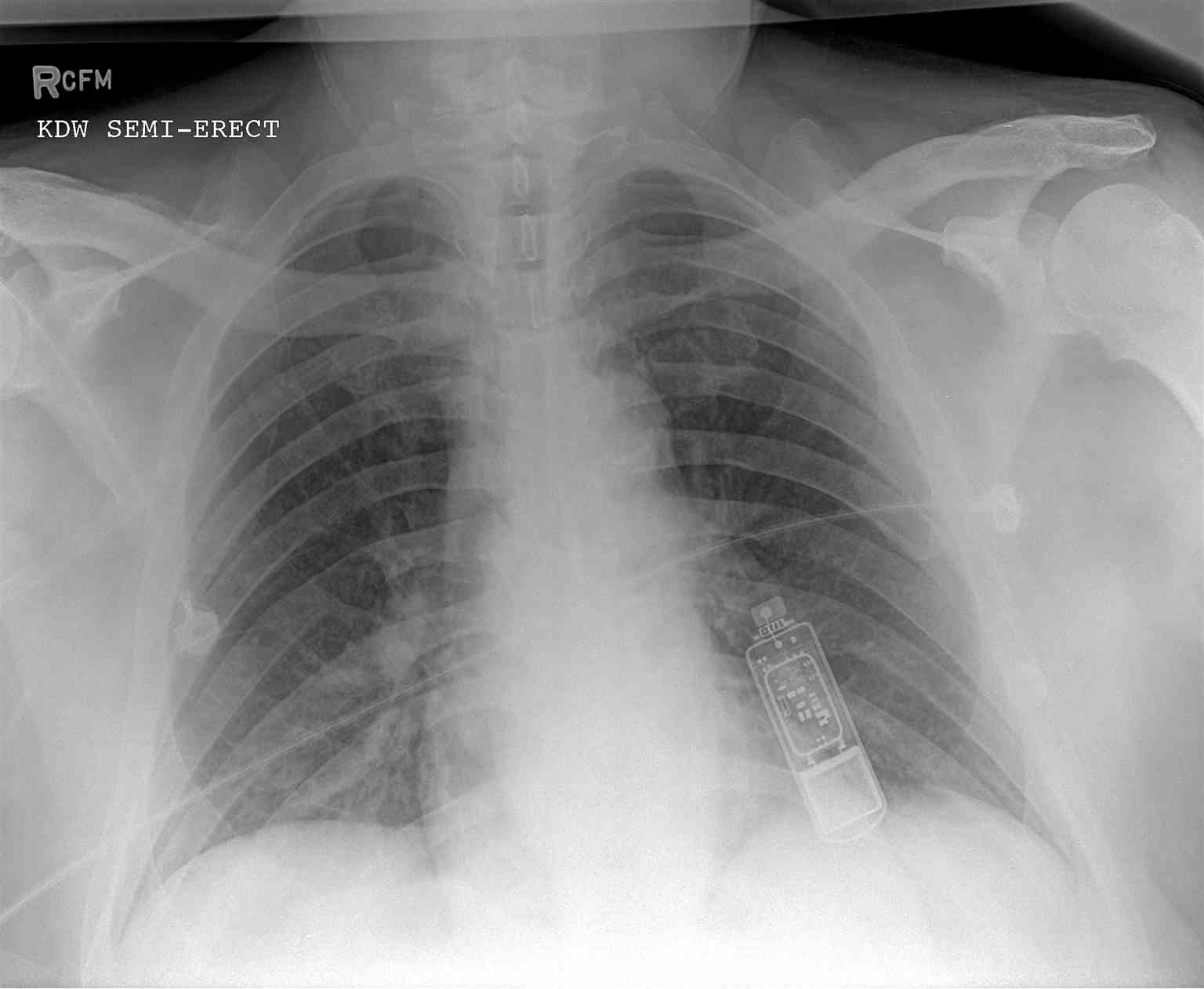[1]
Arcinas LA, McIntyre WF, Hayes CJ, Ibrahim OA, Baranchuk AM, Seifer CM. Atrial fibrillation in elderly patients with implantable loop recorders for unexplained syncope. Annals of noninvasive electrocardiology : the official journal of the International Society for Holter and Noninvasive Electrocardiology, Inc. 2019 May:24(3):e12630. doi: 10.1111/anec.12630. Epub 2019 Jan 7
[PubMed PMID: 30615233]
[2]
Roca-Luque I, Francisco-Pascual J, Oristrell G, Rodríguez-García J, Santos-Ortega A, Martin-Sanchez G, Rivas-Gandara N, Perez-Rodon J, Ferreira-Gonzalez I, García-Dorado D, Moya-Mitjans A. Syncope, conduction disturbance, and negative electrophysiological test: Predictive factors and risk score to predict pacemaker implantation during follow-up. Heart rhythm. 2019 Jun:16(6):905-912. doi: 10.1016/j.hrthm.2018.12.015. Epub 2018 Dec 18
[PubMed PMID: 30576876]
[3]
Sakhi R, Theuns DAMJ, Szili-Torok T, Yap SC. Insertable cardiac monitors: current indications and devices. Expert review of medical devices. 2019 Jan:16(1):45-55. doi: 10.1080/17434440.2018.1557046. Epub 2018 Dec 11
[PubMed PMID: 30522350]
[4]
Santini M, Santini L, Di Fusco SA. Update on cardiac implantable electronic devices: from the injectable loop recorder to the leadless pacemaker, to the subcutaneous defibrillator. Minerva cardioangiologica. 2018 Dec:66(6):762-769. doi: 10.23736/S0026-4725.18.04693-5. Epub
[PubMed PMID: 30468062]
[5]
Dwivedi A, Joza J, Malkani K, Mendelson TB, Priori SG, Chinitz LA, Fowler SJ, Cerrone M. Implantable Loop Recorder in Inherited Arrhythmia Diseases: A Critical Tool for Symptom Diagnosis and Advanced Risk Stratification. JACC. Clinical electrophysiology. 2018 Oct:4(10):1372-1374. doi: 10.1016/j.jacep.2018.07.008. Epub
[PubMed PMID: 30336885]
[6]
Yeung C, Drew D, Hammond S, Hopman WM, Redfearn D, Simpson C, Abdollah H, Baranchuk A. Extended Cardiac Monitoring in Patients With Severe Sleep Apnea and No History of Atrial Fibrillation (The Reveal XT-SA Study). The American journal of cardiology. 2018 Dec 1:122(11):1885-1889. doi: 10.1016/j.amjcard.2018.08.032. Epub 2018 Sep 7
[PubMed PMID: 30274768]
[7]
Padmanabhan D, Kancharla K, El-Harasis MA, Isath A, Makkar N, Noseworthy PA, Friedman PA, Cha YM, Kapa S. Diagnostic and therapeutic value of implantable loop recorder: A tertiary care center experience. Pacing and clinical electrophysiology : PACE. 2019 Jan:42(1):38-45. doi: 10.1111/pace.13533. Epub 2018 Dec 4
[PubMed PMID: 30357866]
[8]
Kanjwal K, Qadir R, Ruzieh M, Grubb BP. Role of implantable loop recorders in patients with postural orthostatic tachycardia syndrome. Pacing and clinical electrophysiology : PACE. 2018 Sep:41(9):1201-1203. doi: 10.1111/pace.13441. Epub 2018 Jul 26
[PubMed PMID: 29989177]

